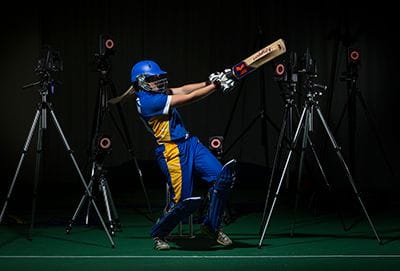
As the world of sports continues to evolve, the demand for specialized professionals who can help athletes perform at their best while minimizing the risk of injury is on the rise. One such profession is that of a biomechanics sports instructor. These individuals use their knowledge of human movement and anatomy to design training programs that optimize athletic performance and reduce the risk of injury. If you're interested in pursuing a career as a biomechanics sports instructor, here are seven tips to help you get started.
The field of biomechanics is a fascinating blend of sports science, anatomy, and physics. Biomechanics sports instructors use their knowledge of human movement to design training programs that help athletes perform at their best while minimizing the risk of injury. As a biomechanics sports instructor, you'll work with athletes to identify areas for improvement, develop customized training programs, and provide feedback and guidance to help them achieve their goals.
Whether you're working with professional athletes or weekend warriors, a career as a biomechanics sports instructor can be both rewarding and challenging. To succeed in this field, you'll need a strong foundation in the principles of biomechanics, as well as excellent communication and interpersonal skills.
Here are seven tips to help you become a successful biomechanics sports instructor:
Tip 1: Earn a Degree in a Relevant Field
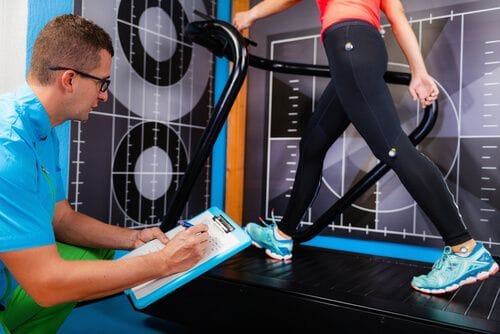
The first step to becoming a biomechanics sports instructor is to earn a degree in a relevant field such as exercise science, kinesiology, or biomechanics. A bachelor's degree is typically the minimum educational requirement for this profession, but many biomechanics sports instructors hold advanced degrees such as a master's or Ph.D.
When choosing a degree program, look for one that includes coursework in biomechanics, anatomy, physiology, and sports science. Some programs may also offer specializations in areas such as sports performance, injury rehabilitation, or sports technology.
Key Coursework:
Biomechanics Anatomy Physiology Sports science Kinesiology Exercise physiology
Tip 2: Gain Practical Experience
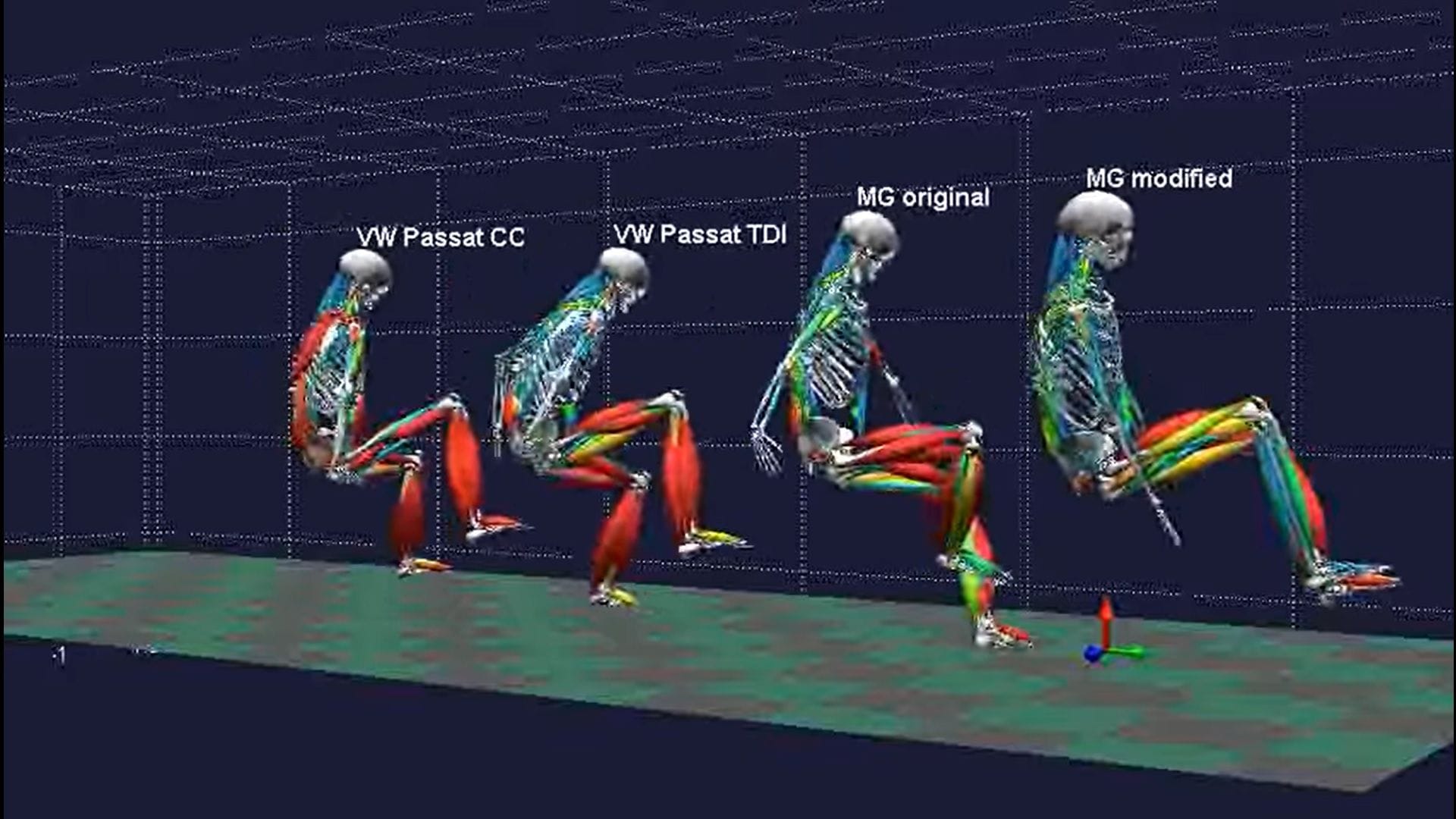
While formal education is essential for becoming a biomechanics sports instructor, practical experience is also vital. Look for opportunities to work with athletes, either through volunteering or interning with a sports team or training program.
You can also gain experience by working with a certified biomechanics sports instructor or by participating in research studies related to biomechanics. This hands-on experience will help you develop the skills and confidence you need to succeed in this profession.
Ways to Gain Experience:
Volunteer with a sports team or training program Intern with a certified biomechanics sports instructor Participate in research studies related to biomechanics Assist with coaching or training programs
Tip 3: Obtain Certification
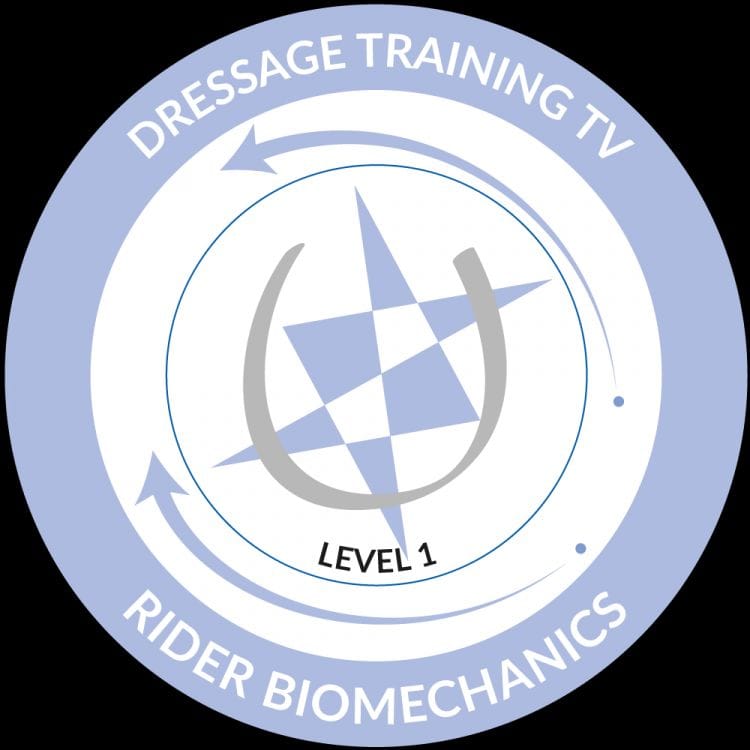
Certification is not always required to become a biomechanics sports instructor, but it can be beneficial in demonstrating your expertise and commitment to the profession. The Certified Biomechanics Professional (CBP) credential is offered by the American Council on Exercise (ACE) and is recognized as a standard for the profession.
To become certified, you'll need to meet the educational requirements, pass a certification exam, and complete continuing education requirements to maintain your certification.
Benefits of Certification:
Demonstrates expertise and commitment to the profession Enhances job prospects and career advancement opportunities Increases earning potential Provides a competitive edge in the job market
Tip 4: Develop Strong Communication and Interpersonal Skills
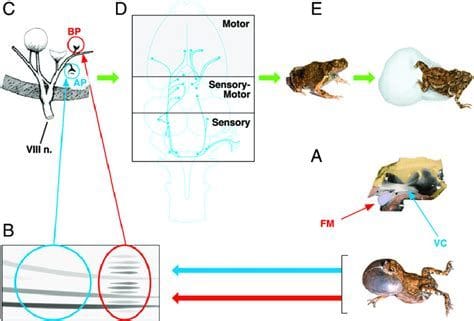
As a biomechanics sports instructor, you'll work with athletes, coaches, and other sports professionals, so it's essential to develop strong communication and interpersonal skills. You'll need to be able to explain complex biomechanical concepts in a way that's easy for athletes to understand, as well as provide feedback and guidance that's constructive and supportive.
To develop your communication and interpersonal skills, consider taking courses or attending workshops on topics such as public speaking, leadership, and conflict resolution.
Ways to Develop Communication and Interpersonal Skills:
Take courses or attend workshops on public speaking, leadership, and conflict resolution Practice communicating complex biomechanical concepts in a clear and concise manner Seek feedback from colleagues and athletes on your communication style Develop active listening skills to better understand the needs and concerns of athletes
Tip 5: Stay Current with Continuing Education
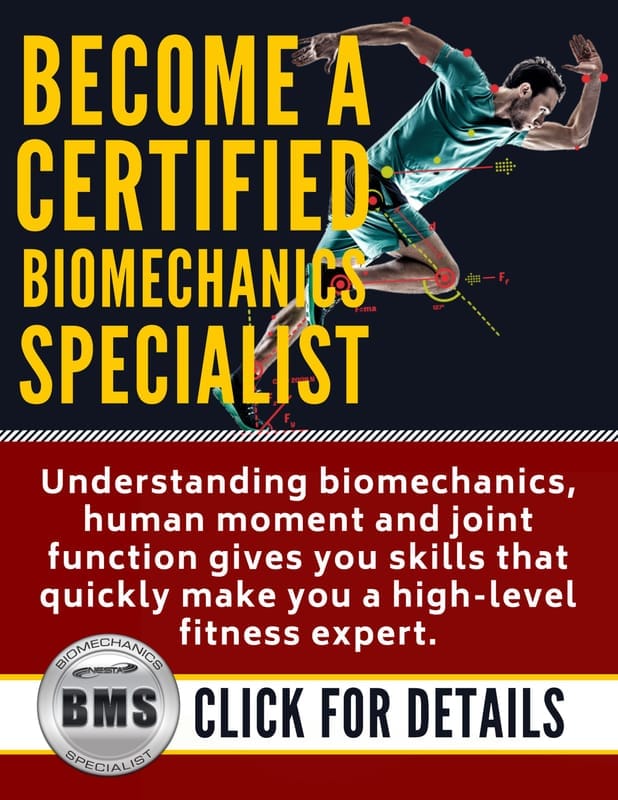
The field of biomechanics is constantly evolving, with new research and technologies emerging regularly. To stay current and provide the best possible service to athletes, it's essential to commit to ongoing continuing education.
Look for courses, workshops, and conferences that focus on the latest developments in biomechanics, and consider pursuing advanced degrees or certifications to enhance your knowledge and skills.
Benefits of Continuing Education:
Staying current with the latest developments in biomechanics Enhancing knowledge and skills Providing the best possible service to athletes Advancing your career and increasing earning potential
Tip 6: Consider Specializing in a Particular Area
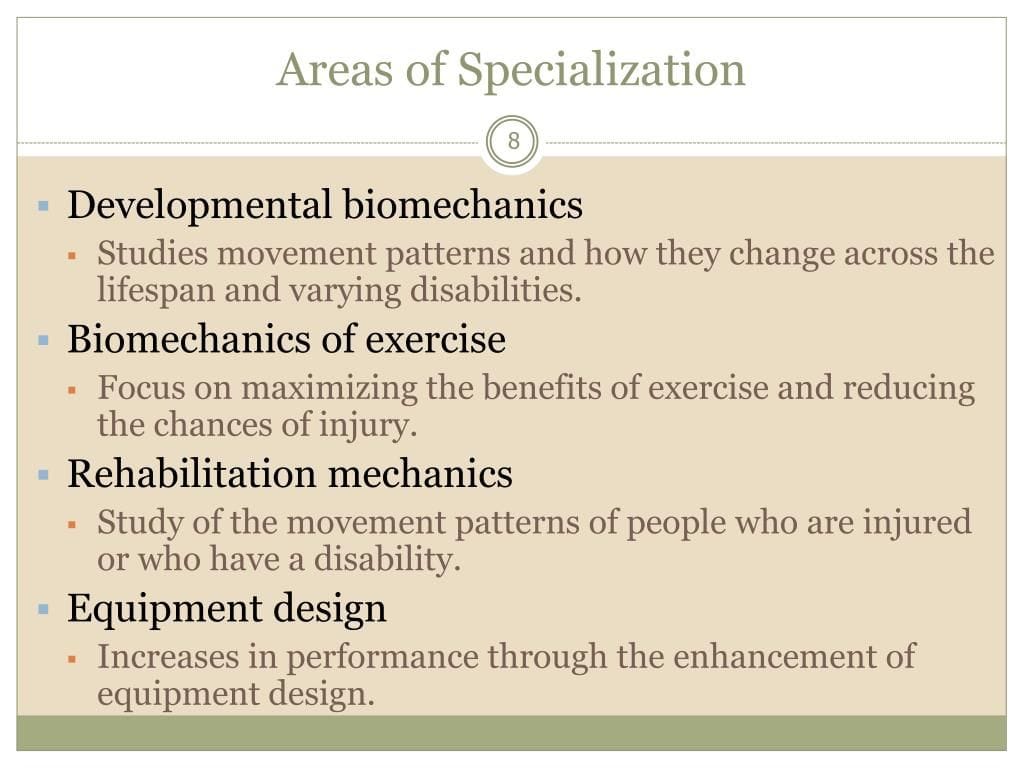
While biomechanics is a broad field, specializing in a particular area can help you stand out and increase your job prospects. Consider specializing in areas such as sports performance, injury rehabilitation, or sports technology.
Specializing in a particular area can also help you develop a deeper understanding of the biomechanical principles that underlie athletic performance and injury prevention.
Benefits of Specializing:
Standing out in a competitive job market Increasing job prospects and career advancement opportunities Developing a deeper understanding of biomechanical principles Providing specialized services to athletes
Tip 7: Join Professional Organizations and Network

Finally, joining professional organizations and networking with other biomechanics professionals can help you stay current with the latest developments in the field, as well as provide opportunities for career advancement and professional growth.
Consider joining organizations such as the American Council on Exercise (ACE) or the National Academy of Sports Medicine (NASM), and attend conferences and workshops to network with other professionals.
Benefits of Joining Professional Organizations and Networking:
Staying current with the latest developments in biomechanics Providing opportunities for career advancement and professional growth Networking with other professionals in the field Enhancing your reputation and credibility as a biomechanics professional
By following these seven tips, you can set yourself up for success as a biomechanics sports instructor. Remember to stay focused on your goals, continue to develop your knowledge and skills, and always be open to new opportunities and challenges.
In conclusion, becoming a biomechanics sports instructor requires a strong foundation in the principles of biomechanics, as well as excellent communication and interpersonal skills. By earning a degree in a relevant field, gaining practical experience, obtaining certification, developing strong communication and interpersonal skills, staying current with continuing education, considering specializing in a particular area, and joining professional organizations and networking, you can succeed in this rewarding and challenging profession.
We hope this article has provided you with a comprehensive understanding of the tips and requirements necessary to become a biomechanics sports instructor. If you have any further questions or would like to learn more about this profession, please don't hesitate to contact us.
What is a biomechanics sports instructor?
+A biomechanics sports instructor is a professional who uses their knowledge of human movement and anatomy to design training programs that optimize athletic performance and reduce the risk of injury.
What education is required to become a biomechanics sports instructor?
+A bachelor's degree in a relevant field such as exercise science, kinesiology, or biomechanics is typically the minimum educational requirement for this profession.
What certification is available for biomechanics sports instructors?
+The Certified Biomechanics Professional (CBP) credential is offered by the American Council on Exercise (ACE) and is recognized as a standard for the profession.